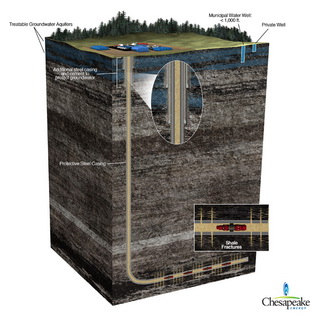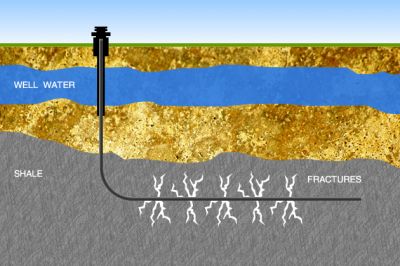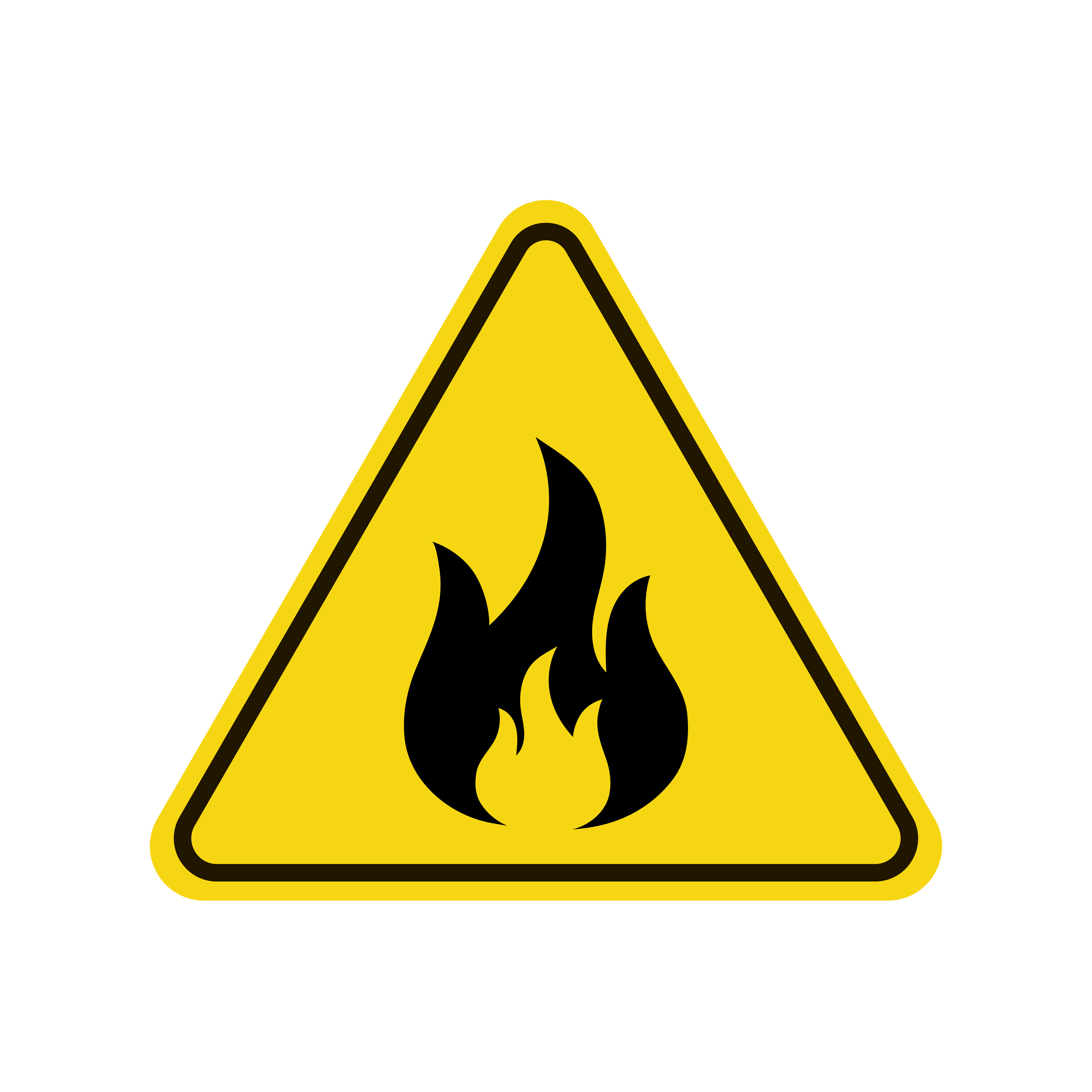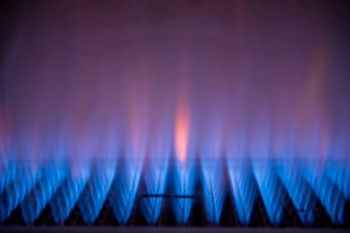With the advances and interest in hydraulic fracturing to harvest natural gas from within the Marcellus Shale deposits in the states of Ohio Pennsylvania, New York and West Virginia, many questions have become popular and have earned media attention. There are certainly lots of concerns and even more answers. The reality is that there has not been a great deal of research completed with focus on the repercussions of hydraulic fracturing, particularly associated with the Marcellus Shale. Here are some common concerns:
– Does hydraulic fracturing contaminate the aquifers that supply drinking water?
– How much water is utilized in the hydraulic fracturing process?
– Does hydraulic fracturing cause drinking water to become flammable?
– Do earthquakes result from the hydraulic fracturing process?
Depending on what advocacy group funded any research effort, the answers to these questions will probably be very different.
Perhaps a quick primer on hydraulic fracturing and an understanding of machinery and processes utilized will help shed some light on how forensic engineers can be of support. Hydraulic fracturing, or ‘fraccing’ as it is usually referred, involves drilling several thousand feet into the ground and using a mixture of water, sand and other propping agents, or ‘proppants’ to fracture the surrounding rock formation. Hydraulic fracturing is typically used for horizontal drilling, in which the drilling direction is changed from vertical to horizontal, extending deep within the shale. The purpose of horizontal drilling is to gain access to as much of the shale formation as possible, without having to drill dozens or hundreds of individual vertical wells that will not extend far beyond the end of the vertical drill. Once the driller has reached the desired horizontal distance of drilling, the shale formation is fractured using a large and highly pressurized volume of the fracking fluid. The proppant chemicals in the fracking fluid are designed to hold the fractures in the shale open, releasing the natural gas that is trapped within the shale. This released gas can then be harvested and recovered for commercial use.
A good reference website to learn more about the process of hydraulic fracturing can be found at:http://www.hydraulicfracturing.com/Process/Pages/information.aspx
Below are some of the common terminology associated with the hydraulic fracturing process:
– Aquifer : an underground layer of water-bearing permeable rock or unconsolidated materials (gravel, sand, or silt) from which groundwater can be usefully extracted using a water well.
– Casing: a series of steel/cement seals installed along the path of the well to ensure no leakage of natural gas or proppant.
– High Pressure pumping: the machinery and process utilized to cause fracture shale and release gas.
– Proppant: a material that will keep a induced hydraulic fracture open, during or following a fracturing treatment, while the fracking fluid itself varies in composition depending on the type of fracturing used, and can be gel, foam or slickwater-based.
When you look at the entire system of running a hydraulic fracturing well, you realize the entire process entails everything from design of concrete foundation drill and well pads to trucks that transport supply and waste products to and from the site. Machinery and products such as pumps, wellheads, casing seals, and material handling equipment (MHE) all play their role throughout the process of hydraulic fracturing and are a constant source of potential failures leading to insurance claims and litigation. In general, mechanical engineers investigate the mechanical machinery that is utilized to drill and extract gas from the Marcellus Shale deposits. Civil engineers design foundation structures and the water retention ponds and the roads that carry the heavy water laden tanker trucks. Specifically, foundations, water retention ponds and roadways all have specifications which play a critical role in their design. Usage, wear and tear, and mis-use are usually contributing factors to claims and litigation.
To find out more about how CED mechanical and civil engineers can provide facts and answers to allegations in hydraulic fracturing claims and litigation, call CED. Our engineers are dedicated to staying on top of industry developments. Please call us today at 800.748.4221 to discuss a possible case.






